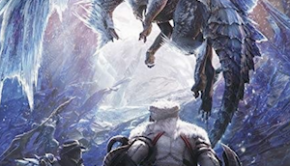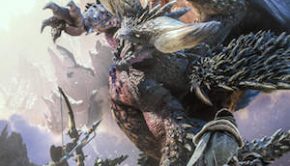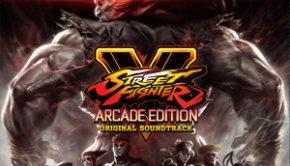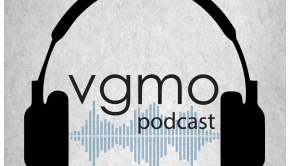Okami Arrangement Collection Vol. 4 -Healing-
 |
Album Title: Okami Arrangement Collection Vol. 4 -Healing- (Okami Henkyokushuu Vol. 4 -Healing-) |
| Record Label: Suleputer |
|
| Catalog No.: CPCA-10390 |
|
| Release Date: December 16, 2015 |
|
| Purchase: Buy from CDJapan |
Overview
In 2015, Capcom was been very active in releasing a series of arrange albums dedicated to the original Okami soundtrack. The first volume, released in January, featured chiptune arrangements from a variety of chiptune artists in Japan as well as renditions done by the original composers for a web-based game. The second, released in February, featured jazz arrangements by Zac Zinger. The third featured lounge arrangements by Akari Kaida and Sebastian Schwartz, both of ATTIC, Inc., and Supersweep. This fourth volume, released in December 2015, titled Okami Henkyokushuu Vol. 4 -Healing- features soft, relaxing arrangements using a small ensemble of instruments, such as the erhu, violin, piano, guitar, and woodwinds. How does this album, arranged by Tatsuyuki Toyota, turn out compared to the other arrange albums released in 2015?
Body
The album opens up with “Rising Sun,” a piece which really sets the tone for the majority of the album. The erhu and piano work beautifully together to create a very enjoyable and relaxing rendition of the original. Of particular note is the improvisation of the melody in the piano portion of the arrangement. It’s an exquisite tune and sets the album off on a fantastic start. Continuing with “True Susano-o,” the relaxing experience is visited once more. This piece is a bit more upbeat with its acoustic guitar and faster tempo, but the blend of the erhu and acoustic guitar make for a bright listen. It’s a great interpretation, in my opinion, and one of the highlights of the album.
“Thank Goodness for Kokari” is a beautiful piano theme that is very inviting and relaxing. The violin and erhu add a nice contemplative and romantic tone to the piece. Another contemplative tune is “Ryoshima Field,” with its erhu lead and harp and wispy vocal backing. It’s scenic and beautiful and also serves as an excellent interpretation. A personal favorite of mine is “Shachimaru’s Theme.” The shakuhachi and erhu combination, in conjunction with piano, give it an innocent atmosphere and its playful melody makes for an excellent listen.
On a simpler note is “Ushiwaka Appears,” an orgel rendition that is quite beautiful and relaxing, but does lack the depth of most of the other arrangements on the album. “Reset ~Thank You Version~” is a hauntingly beautiful rendition of the vocal theme that works quite well with its simplistic erhu and piano interpretation. “Great Divine Intervention” is a warm acoustic guitar piece that blends in erhu once the tempo starts to increase. It’s another exquisite tune that also sports a wonderful solo as well. “Theme of the Heavenly Gods Tribe” is quite different compared to the rest of the album. Featuring bell tolls, choral samples, and harp, it has a sanctified feel to it, while the addition of strings help add some depth to the piece.
Another beautiful piece on the album is “Okikurmi the Hero,” with its piano and shakuhachi combination that give it a bit of a reflective sound. In addition, the mallet percussion adds a touch of playfulness to it while the accordion is quite a surprise, but really adds to the piece. “Dragon Palace” is a poignant theme featuring an erhu melody, ethnic percussion, piano, and despite being on a healing themed album, does seem to offer a slight semblance to some darker tones. Lastly, “Giving Kushinada a Ride” ends the album on a weaker note. Although the overall tune is quite nice, with its violin and vocal led melody, but the vocals, by former Capcom employee Yoshino Aoki, detract a bit from the healing aspect of the alum, but are a nice addition nonetheless.
Summary
In my opinion, the Okami Henkyokushuu Vol. 4 -Healing- is definitely one of the stronger albums dedicated to the music of Okami. The production values are top notch and the soft arrangements really bring a new view to the original music. Tatsuyuki Toyota did a wonderful job arranging the music for a more relaxing atmosphere and while not every piece manages to succeed on the healing aspect of the album, the entire album is well worth a purchase.
Do you agree with the review and score? Let us know in the comments below!
4
Posted on April 25, 2016 by Don Kotowski. Last modified on April 27, 2016.














